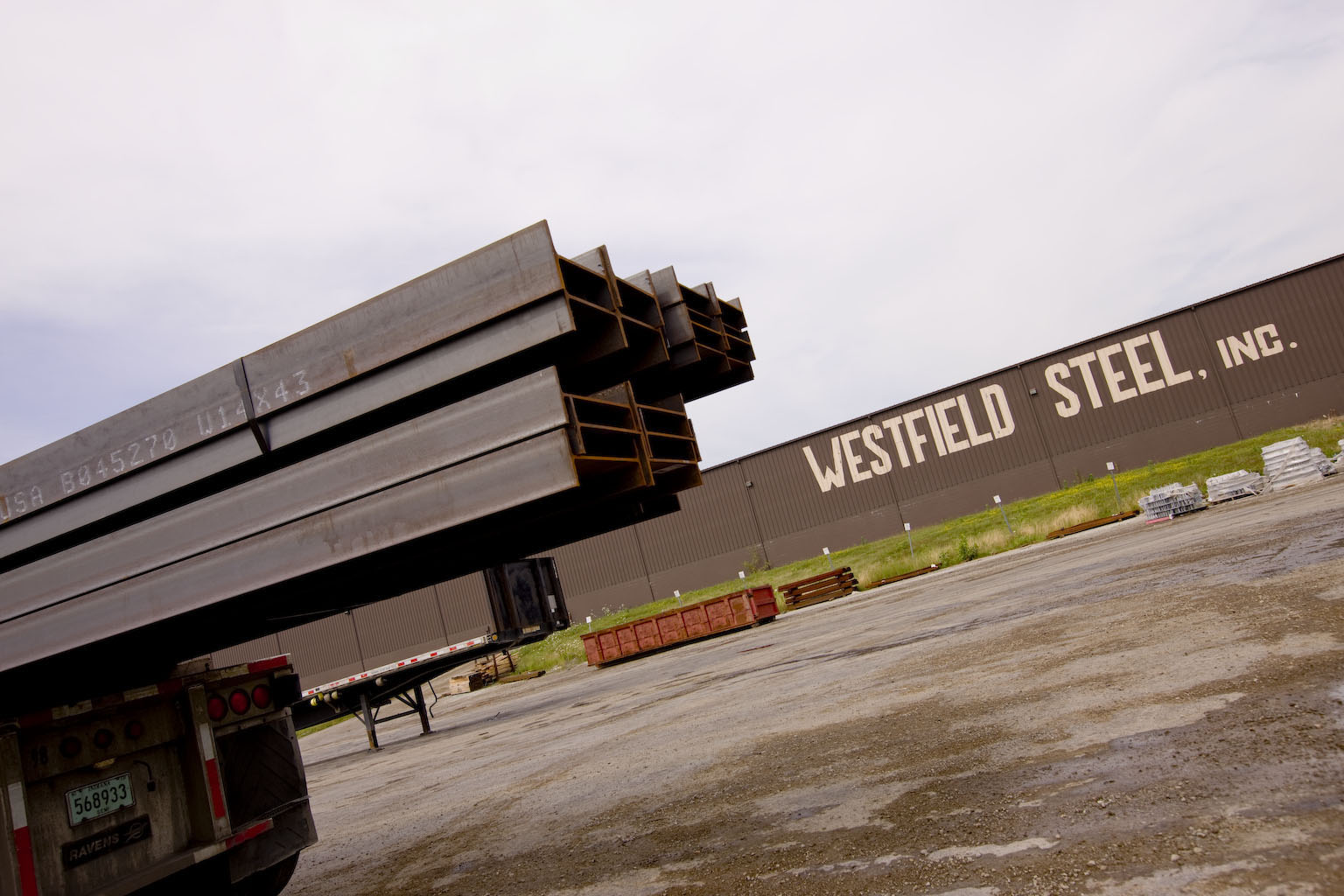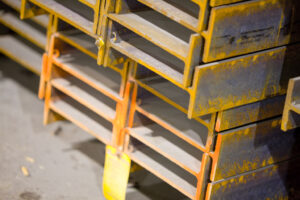
Choosing a Steel Beam Supplier: A Guide to the Types and Applications of Steel Beams in Construction
Choosing the right steel beam supplier for the job is critical in the complex world of construction, where safety, efficiency, and precision are paramount. As the sturdy backbones of structures, steel beams can impact the overall outcome of a construction project. They are a critical component in modern construction, providing necessary support for buildings, bridges, and other essential structures of all shapes and sizes. Understanding the different types of construction steel beams and their specific uses is not just a matter of technical knowledge—it is a cornerstone of ensuring structural integrity, optimizing costs, and meeting regulatory requirements.

I-Beams and H-Beams
I-beams and H-beams are perhaps the most recognized type of steel beam, known for supporting heavy loads and widely used in commercial, residential, and infrastructure construction. Both are common in tall structures for their vertical efficiency in supporting significant bending and shear forces.
Featuring a cross-section resembling a capital letter I or H, depending on the perspective, the terms “I-beam” and ”H-beam” are often used interchangeably. However, the two have distinct differences between them.
- Steel mills roll I-beams from a single piece of metal, and H-beams are often made by welding three pieces of metal together.
- I-beams typically have narrow horizontal flanges along the top and bottom of the beam’s central vertical web portion. H-beams’ flanges are often much wider.
- With their heavier weight lending to greater strength, many construction professionals prefer H-beams in larger structures such as skyscrapers, bridges, and other heavy construction projects. Their wider flanges make them better suited for applications where the beam must support heavy loads across larger spans. Generally lighter due to narrower flanges, builders choose I-beams for residential construction or smaller commercial structures where the loads are relatively lighter.
W-Beams
A variation of the H-beam, W-beams are also known as wide-flange beams. W-beams are becoming more common in modern construction because of their versatility and ability to handle both vertical and horizontal loads.
The W-beam’s wide flanges help it distribute weight evenly across the beam, reducing the risk of buckling under a heavy load. W-beams are particularly effective in bridges, buildings, and infrastructure projects supporting large, open spans in structures. They are also popular in commercial buildings because they can bear heavy loads while supporting wide floor spaces.
W-beams have a high-strength-to-weight ratio, providing significant support without adding excessive weight, and are relatively easy to fabricate. W-beam prices can run higher than other steel beam types, but their strength and long-term durability justify the cost in many large-scale projects.
T-Beams
T-beams fit their name and feature a T-shaped cross-section that supports floors, bridges, slabs, and decks due to their strong ability to resist bending.
T-beams are primarily used in reinforced concrete construction, such as bridges or parking structures, with the beam’s shape allowing for efficient material use and effective load distribution. Bridge engineers choose T-beams for their efficient distribution of weight. In building floors or roofs requiring long spans, T-beams reduce the need for additional support columns to allow for larger, more open interior spaces.
C-Beams
With a distinct C-shaped cross-section, C-beams or channel beams frequently appear in structural framing. Versatile and lighter than traditional I-beams, C-beams are ideal for smaller-scale construction projects and applications where massive industrial beams would be impractical.
C-beams are typically less expensive and easier to handle and install than larger, heavier, more complex beams. C-beams generally have a lower load-bearing capacity and a higher susceptibility to twisting or warping due to their open design. Combining or bracing C-beams with other structural elements can mitigate the risk of beam support failure.
Choosing the Right Steel Beam and Steel Beam Supplier
Choosing the appropriate type of steel beam for a construction project is essential to its structural integrity and longevity. The optimal beam type ensures a structure can withstand its expected loads and stresses, cuts costs by reducing the need for additional support, and minimizes the long-term risks of structural failure.
When choosing a steel beam supplier, it is critical to consider more than just the price. Find a reputable supplier offering reliable delivery and value-added services, such as cutting, drilling, coping, and welding, to meet your needs and save time, labor, and space on construction sites.
Understanding the various types of steel beams and their applications is crucial, and partnering with a supplier like Westfield Steel means having access to our experts’ insight and advice on the best type of beams for your project. With in-house fabrication abilities and our own delivery subsidiary with a dedicated fleet regularly traversing the Midwest, Westfield Steel will help you meet your construction needs and project deadlines. Reach out to our steel experts today to learn more, explore our capabilities, and request a quote.
Back